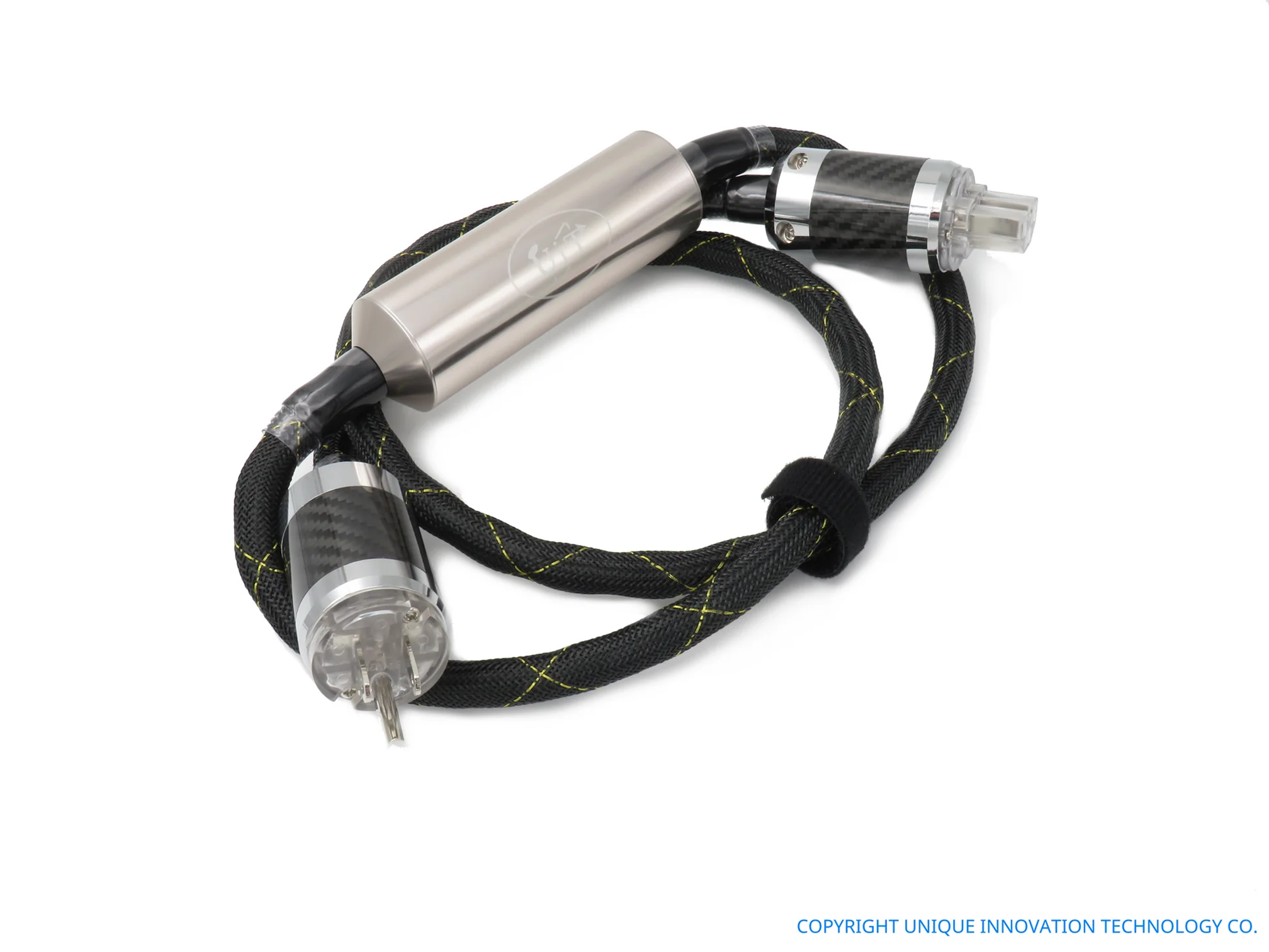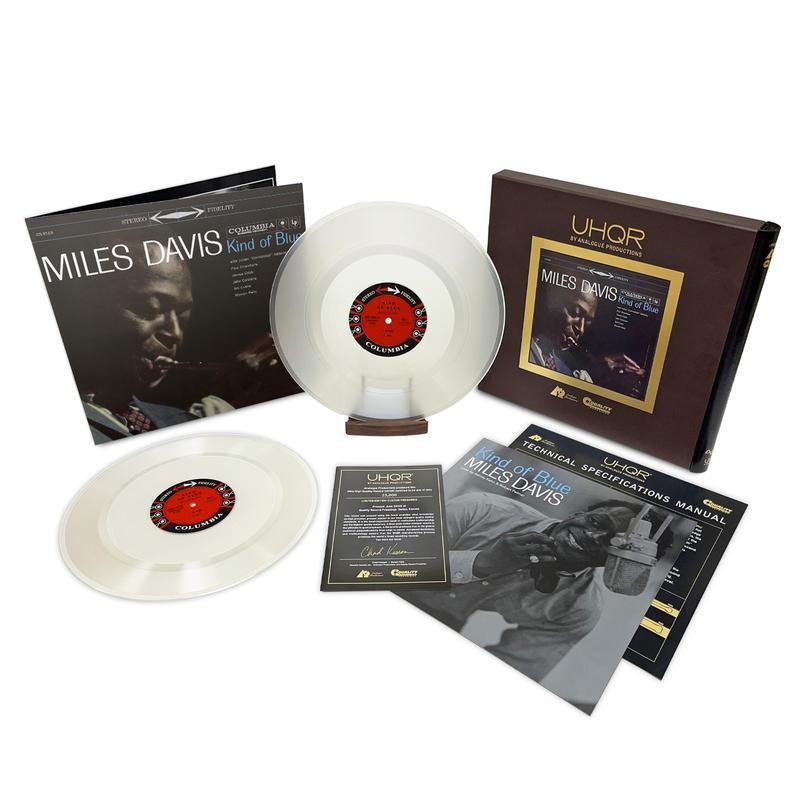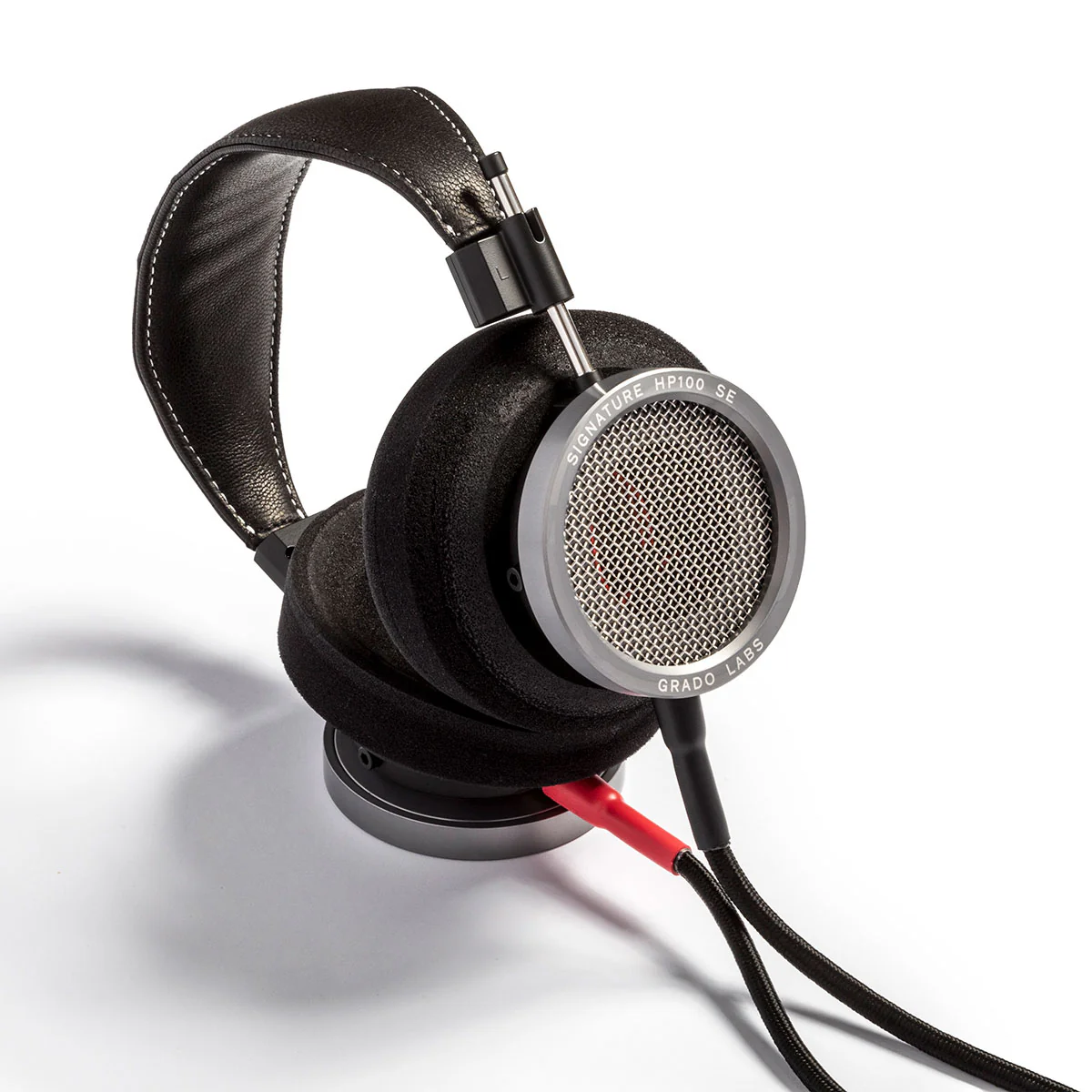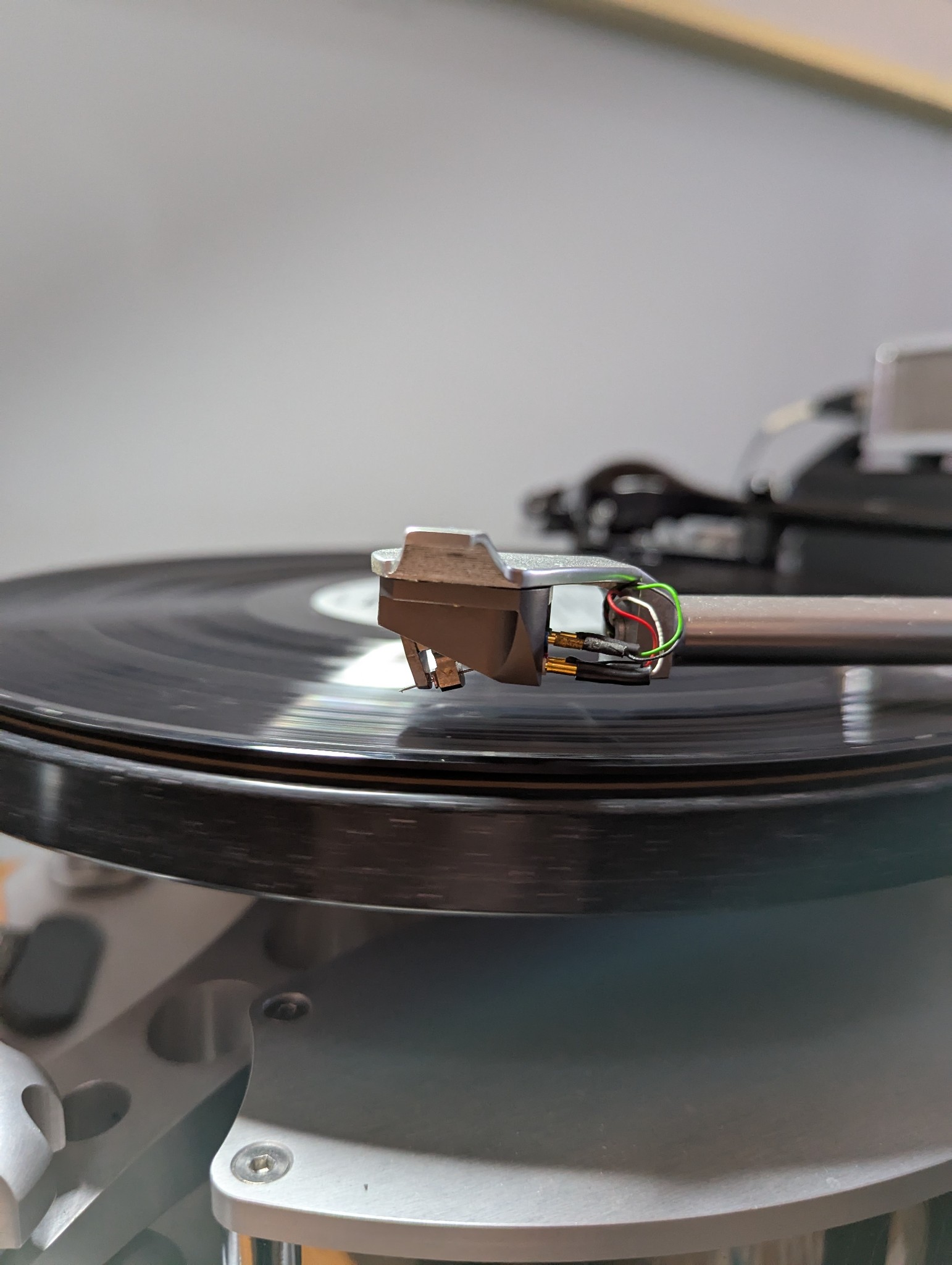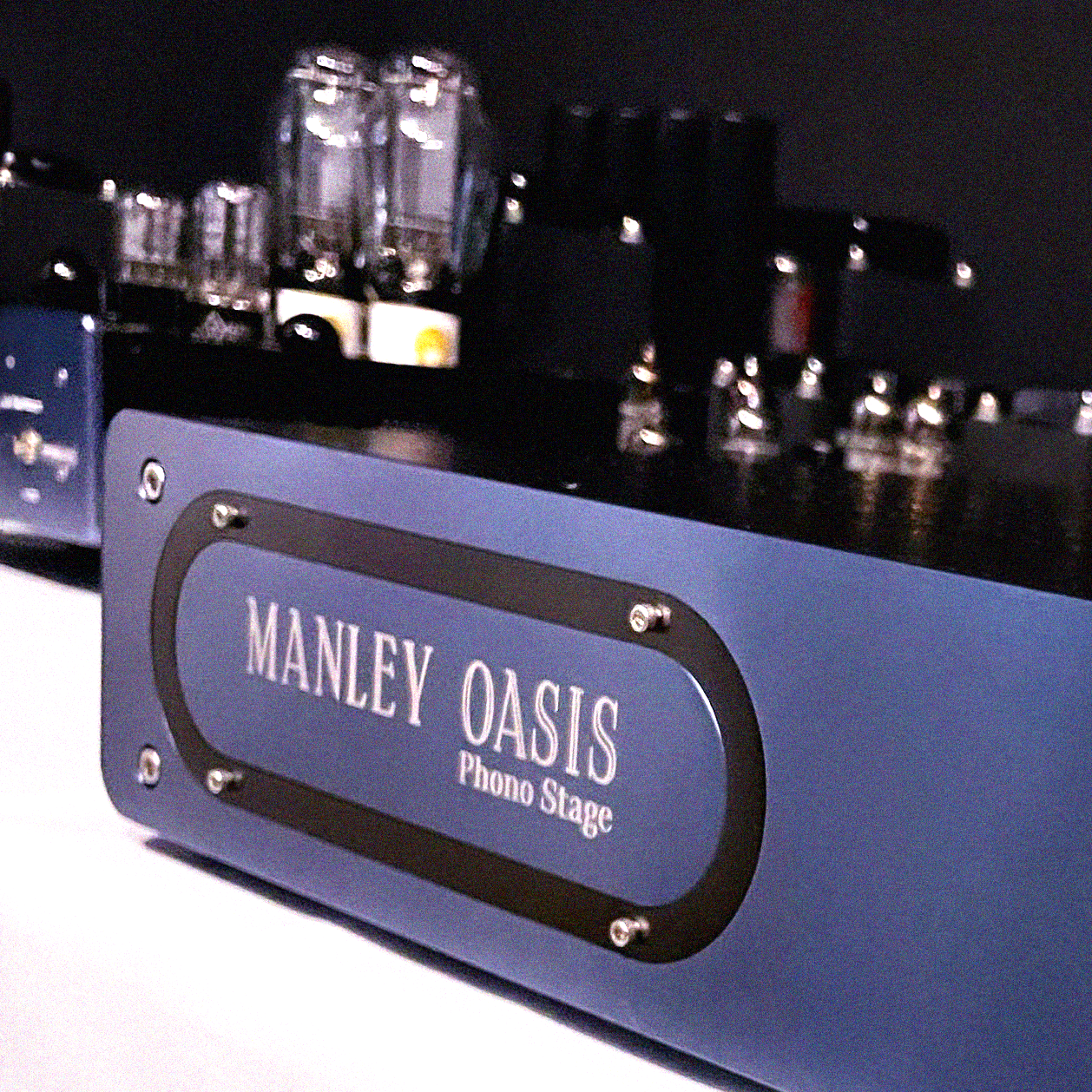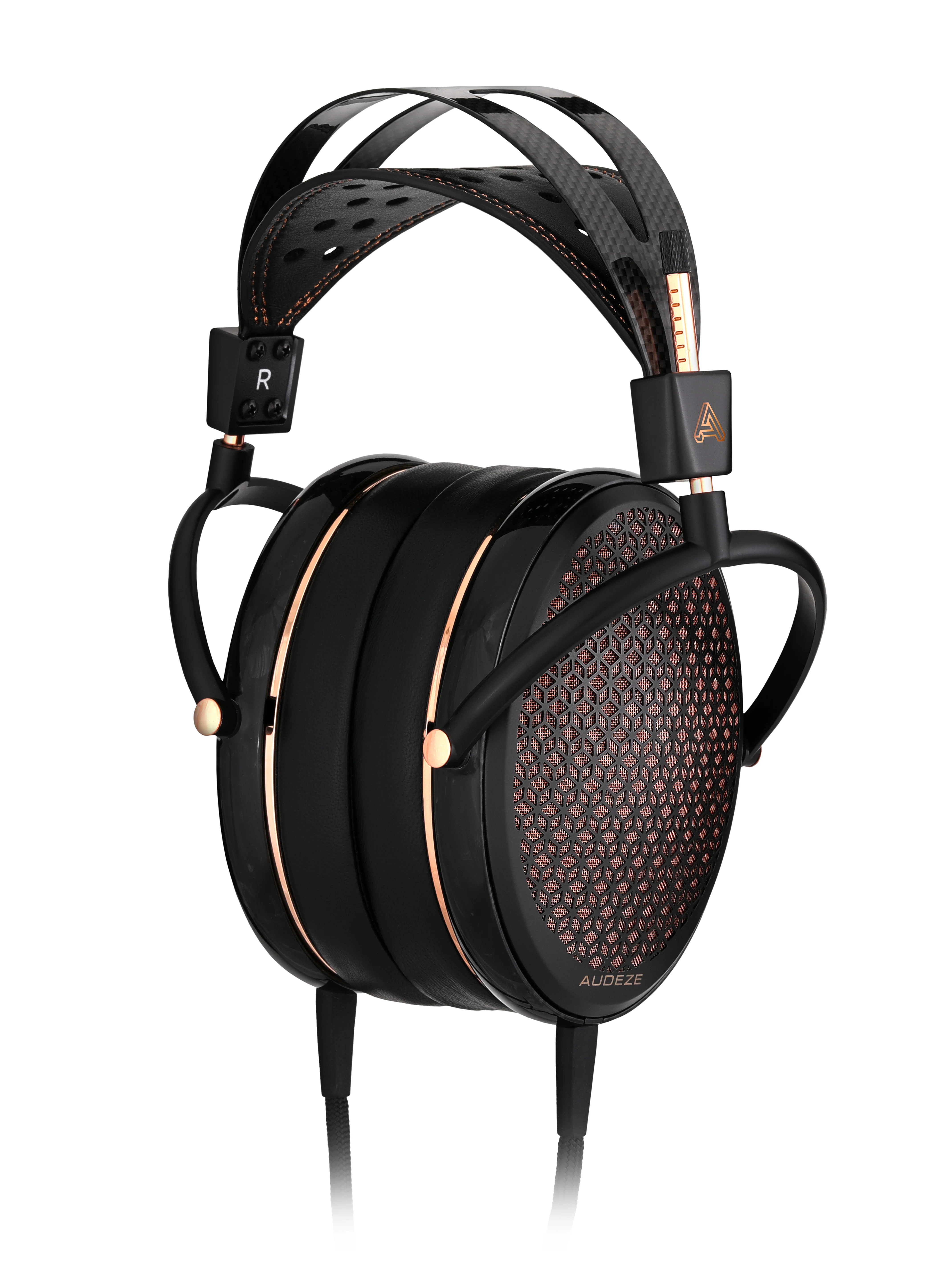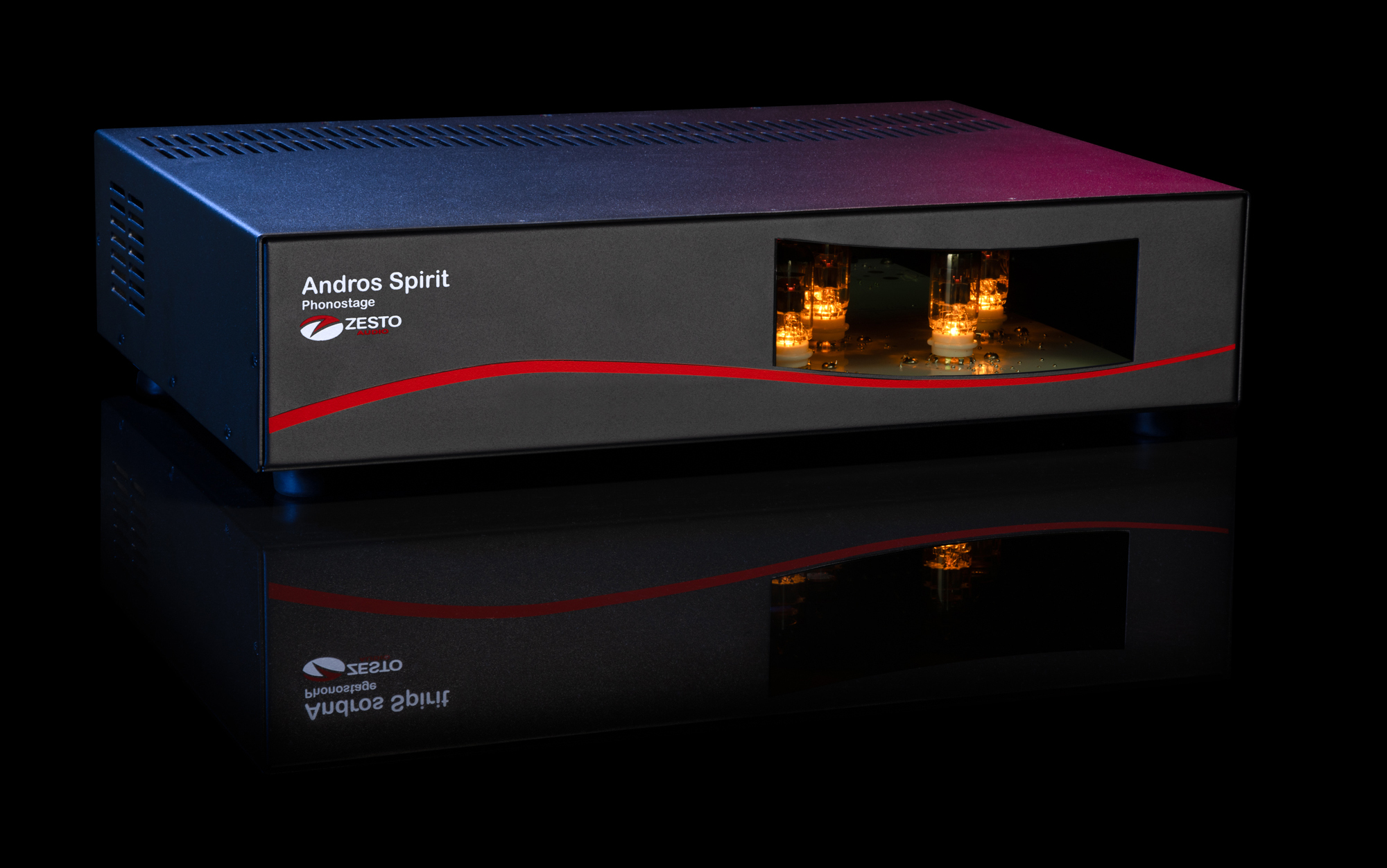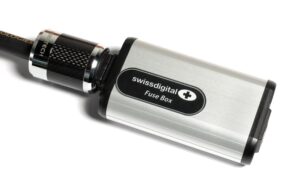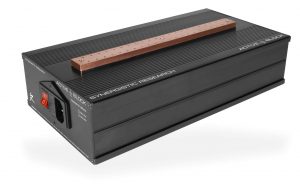Bob Levi: a moment at the LAOC AS Board Banquet. Los Angeles, CA, 2023. (Photograph and image processing by David W. Robinson)
I have been listening to and testing cables and other connectivity from UIT for about a decade, and have marveled at their progress. Their Perfect Music Purifier technology has improved and propelled their products, sold only direct, to compete with the finest reference cables around. I have written extensively about their award-winning products, but just now am appreciating their latest developments. Their new Stick and PMB USB Cables have active components which utilize the DC and AC circuits for their power. I find both products to be ground-breaking and a must-own for every audiophile craving realism and definition in their systems. UIT has now applied this new proprietary active technology to power cables with, I might add, blockbuster success.
The power cables innately should be very fine. They are constructed with the best terminations and purest copper, with every strand silver-clad, as in all of their wires to date. The PMB Series comes on the heels of two previous series, which sported large passive filters that scrubbed the AC, refining the ability of the transformer to do its job. They also reduced EMI and RFI to the component. The active PMB Series is a serious upgrade to previous efforts to take the crown of best power cord for audiophiles ever produced. It actively reduces and filters EMI and RFI to a fantastic extent and enhances, they say "boosts," AC efficiency to produce optimum performance from components, tube or solid-state.
Damn if they did not do exactly that.
It does not seem to matter whether they are plugged directly into a polluted wall circuit, or the finest power conditioner—mine cost $7000, the results are identical.
- Significantly blacker background
- Bigger soundstage in all dimensions
- More definition with additional textural content
- Slightly increased loudness
- Noticeably better bass response and deeper bass response
- Sharper more precise imaging with greater silence between instruments
Not bad for "just a power cord."
When the first two power cords arrived from UIT, a California company, they looked pretty much the same as their last generation of power cords. They can be confused, so I recommend that UIT mark them in some obvious way.
But I digress.
With two in house and fresh out of the box, I listened to the Royal Ballet and Kind of Blue on Qobuz, and to my finest clear vinyl 45 RPM LPs. After about an hour of acclimation, I pulled my reference 2-meter $6000 power cords from my EAR 890 monoblocks and replaced them with the new UIT PMB power cords. All were plugged into my Stein Power Conditioner with Highline Power Cable to the wall.
The improvement on my Marten Bird Loudspeakers with both sources was most clearly apparent.
I would estimate the overall improvement in all musical parameters I listen to and evaluate at around 20%! This was unexpected. Even the loudness of the music was somewhat increased. I was stunned by the added bass definition and impact, and the overall increased elegance and mellifluousness of both recordings.
Next, I plugged the PMB power cords directly into the wall to note the effect of the power conditioner. I heard none. Both were identical.
I quickly shot off a request for another pair of the power cords to try on individual components leaving the UIT Power Cords to my amplifiers in place.
When they arrived, I placed one power cord on my EAR Tube DAC 4 replacing a $4500 power cord which was my reference quality cord and best overall for the DAC. To my shock and awe, the EAR DAC 4 was transformed into a hugely improved performer as if I had changed the tube complement to the ultimate tubes ever made. The improvement in clarity and smoothness was awesome. There was more convincing definition and textural information than ever before. The DAC was more dramatic and powerful with even blacker background. Digital artifacts were greatly reduced and even 16/41 Qobuz recordings were more like 24/96 streams. The EAR DAC 4, already very musical, became much more analog-like. I would place the overall improvement with the UIT Power Cord at at least 30%.
But the best was yet to come. I now replaced the power cord on the Zesto Leto Ultra Preamp, removing the $5000 power cord it was designed with! I truly did not think there was any way in the world I could improve on this Zesto masterpiece, in what I believe is one of the world's finest preamps for the dedicated audiophile and music lover.
Boy, was I was wrong.
With the UIT power cord on board, the Zesto Leto became even more of a winner! The power cord boosted the clarity and nuance of the ultra-fine presentation and brought added glamour and excitement to the recordings. The soundstage widened further and the dynamics again increased. Most interesting of all, the bass response improved markedly, yielding what appears to be an extra octave of bass on the Birds. Amazing. I believe all of the power cord changes have been additive and brought improvements down the line, but the one to the preamp was the most thrilling to hear. I would put the preamp's performance at a 30% improvement with the UIT PMB power cord.
Here is a shocker. With UIT power cords installed in the preamp, DAC, and amps, I proceeded to install one in the Zesto Audio Andros II Deluxe Phono Stage. I listened to both the Grado Epoch 3 MI Cartridge and the Stein Music Aventurin V2 MC Cartridge with several reference LP's in rotation. I replaced the $5000 power cord on board, the cord used in the design of the component, with the UIT. There was no improvement. The performance moved sideways. For every aspect to the music that was better there was something missing. I liked both power cords but ultimately we chose not to change from the reference already in use. I had four audiophiles on hand for this shootout and the discussion was lively, I assure you. Could be that four UIT power cords in the circuit already cleaned up most of the EMI and RFI and boosted musical cues to the max. I truly am guessing. The power supply in the Zesto Audio Andros and the Leto are the same, so you tell me. I call this a toss-up.
I then requested two more cords and went about trying them in my near-field system. I replaced my reference $6000 power cord into my EAR V12 Integrated Amplifier utilizing both phono and SACD. I used a variety of chamber music and rock albums to note the differences. It took little time to hear the extraordinary improvements in the V12 tube integrated. There were blacker backgrounds, more definition, and clearer imaging. The most profound improvement came from startlingly enhanced dynamics. The V12 sounded like a V16 with more drive and punch, and better, clearer bass response. I use the Marten Duke 2 monitors for nearfield, and they do have a nice response down to 38Hz with the UIT power cords on board the amplifier. Improvement is, say, 25% overall.
With the lack of any substantial improvement over my reference power cord on the Zesto Audio Andros Phono Stage, I now tried my last cord in-house on my excellent EAR PB88 Tube Phono Stage, Tim de Paravicini's best separate all-tube phono component. I replaced a $6000 reference power cord with the UIT power cord using the Grado Reference 3 MI Cartridge. I was blown away! The EAR Phono sounded like the best tube phono stage ever with the UIT on board. The improvement in clarity, power, and imaging was awesome. It became even more musical, if that is possible, and I was swept away by massed violins and vocal performers in the room with me. I do not know why it was so markedly improved, or why I heard such increased depth and breadth to LPs. It appears results from these extraordinary and cutting-edge power cords require some experimenting on your part, but out of seven components tried, six were markedly and definitively improved. The improvement with the EAR PB88 Phono was at least 25%.
I loaned a pair for a brief period to a highly regarded audiophile who had a solid-state integrated amplifier and who was truly skeptical that a power cord could be this revolutionary on a digital-based amplifier. He reported major improvements in definition and dynamics and quickly ordered two for himself. I suggested that our Editor-in-Chief acquire a pair for his extreme high-end system to try on his tube amps as well.
Meanwhile, I am settling down to enjoying the six power cords from UIT in house on key components in my two systems. Oh wait, I did not tell you I tried one in my Manley Absolute Headphone Amplifier with great results in added definition, tonality, and dynamics. I have not finished trying these sensational cords on everything in house with an IEC connector.
It will surely be difficult reviewing any future gear without using these power cords to maximize their performance. Mitch Ko, President of UIT, has truly discovered a technology that is effective, fantastic, and moderately priced for the dedicated audiophile who desires the absolute best performance and musicality from their systems.
These PMB Power Cords have my highest and most profound recommendation.
Perfect Music Booster Power Cable
Retail: Currently $1800 for 1.5-meters. 2-meter length available. Price is direct.
UIT
Mitch Ko, Unique Innovation Technology
Phone: 925.292.1299





